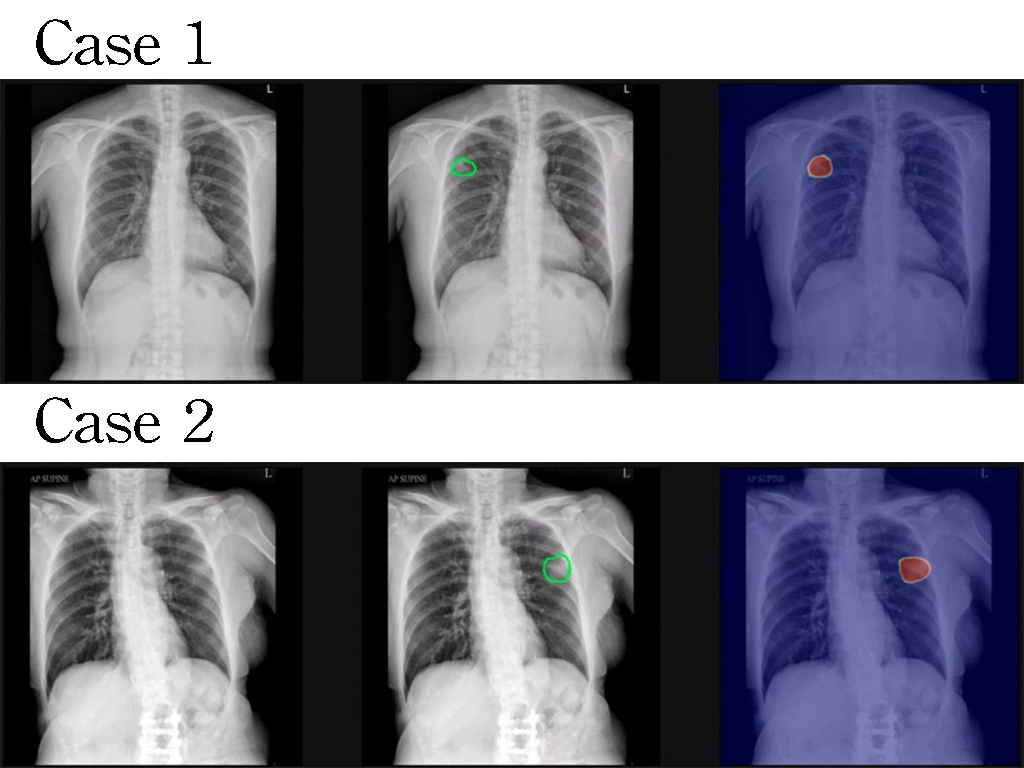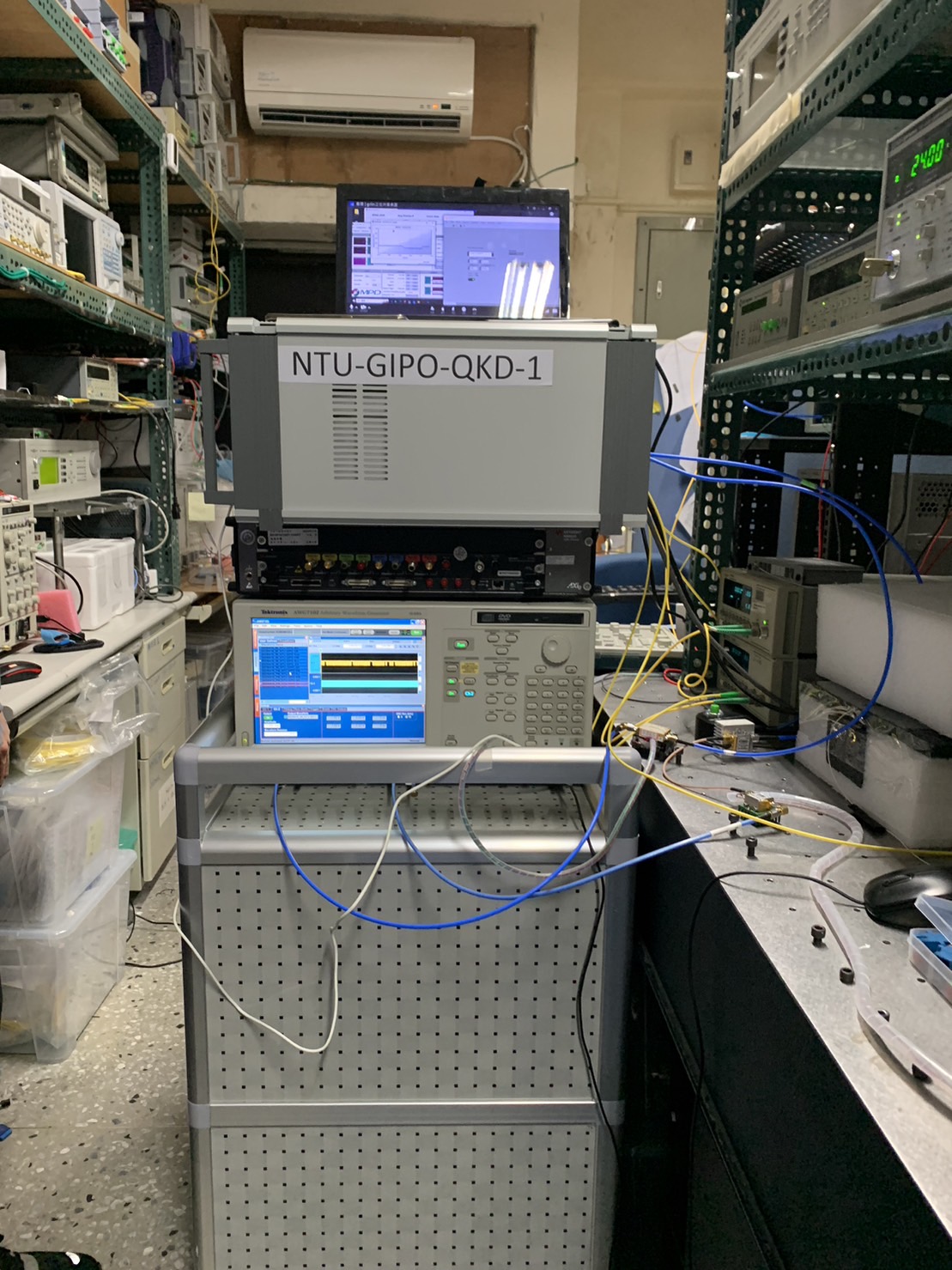| Technical Name | Fast Cancer Screening | ||
|---|---|---|---|
| Project Operator | National Synchrotron Radiation Research Center | ||
| Project Host | 李耀昌 | ||
| Summary | "The invention includes methods for measuring the hydrolysis time of the glycan attached to membrane glycocalyx, accompanying the maximum wax remnant adhering to the cell membrane, and the maximum bias for polarizing the glycan of membrane glycocalyx. Using these two parameters as digital indicators of the malignancy of cancer cells can improve the accuracy of cancer assessment and reduce the chance of human misjudgment." |
||
| Scientific Breakthrough | Based on the known knowledge of cancer cells with a higher population of long-chain glycan, we established an innovative method, WPK-FTIR, coupled with acid-catalyzed hydrolysis and bias-assisted polarization, to measure the population of glycocalyx with the elongated long-chain glycan and identify the more aggressive cancer cells with higher polarization of cancer cell with highly elongated long-chain glycan on the cell membrane. |
||
| Industrial Applicability | The ACH- and BAP-WPK-FTIR technique provides a promising alternative for cancer grading and early detection, overcoming issues like time consumption, manual interpretation, and the requirement for automated sample preparation. As a result, WPK-FTIR has become a valuable tool in medicine. Integrating big data and AI can enhance and improve recommendations, suggestions, predictions, and accurate precise while also cutting healthcare expenditures costs. |
||
| Keyword | Infrared wax physisorption kinetics (iR-WPK) n-alkane beeswax glycan adsorbent glycoconjugates Acid-catalyzed Hydrolysis Withstand bias voltage Breakdown bias voltage iPathologist glyco-histopathological analysis | ||
- Contact
- Yao-Chang Lee
- yclee@nsrrc.org.tw
other people also saw















